Chingri Macher Malai is a classic Bengali dish from Kolkata and a staple in any Bengali household. It’s really creamy (from the coconut milk and desiccated coconut we use), tangy, spicy and sweet and all of these notes of flavour are balanced out excellently. Not to mention, it’s so simple to put together and an absolute winner for an easy weeknight meal.

Why this recipe is a star?
- Easy and quick: Compared to a lot of other curries (like my Bengali chicken curry or my Bengali lamb chops curry), this Bengali shrimp curry is actually surprisingly simple to assemble. The only real time consuming part is cleaning up the prawns!
- Creamy, spicy, sweet and tangy: It is creamy from the coconut milk, tangy from the tomato paste, sweet from the sugar we use and spicy from the dried chillis and masala. All of these flavour notes work in harmony with eachother.
If you’re looking for another prawn recipe, then my indo-chinese chilli dragon prawns (also from Kolkata), are great.
What is Chingri Macher Malai?
The English translation of the Bengali word “Chingri” is “Prawn”, with “Malai” translating to “Cream”. The overall translation is “Prawn cream curry”, with the creamy element traditionally coming from coconut milk.
Now we have translations out of the way, it is simply a coconut and tomato-based prawn curry, that is a staple in Bengali households and for me, brings back lots of childhood memories.
This meal was something my mum made as a treat and I would be so over the moon when it was being cooked as I am a huge fan of prawns!
Its origins are a little debated, but the general theory is that this curry was bought over from Malaysian traders and sailors who used various trade routes (including the silk road) that linked to Bengal. Hidden in these transactions were a series of cross cultural exchanges, during which the Bengalis took inspiration from Malaysian cuisine and vice versa. It was this historic trade that saw the birth of coconut based curry dishes, like this one.
Indeed, some argue that the word ‘Malai’ actually denotes to the Malaysian influence of the dish.
If you’re familiar with Malaysian food you will know it is heavily influenced by the Indian subcontinent and a huge South-Asian diaspora lives in that part of the world.
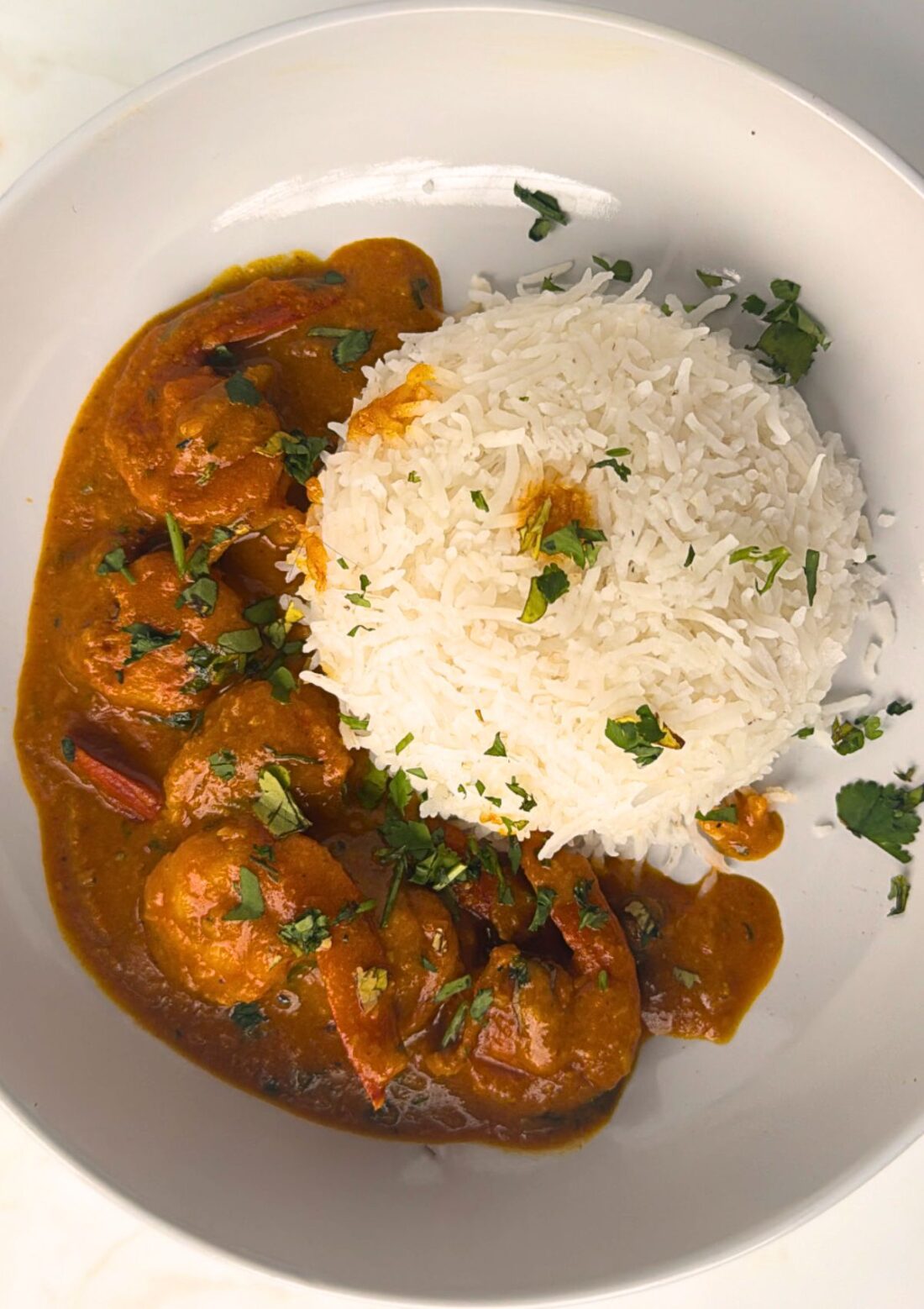
Expert tips?
- King prawns: This recipe works best with big juicy prawns so, if you have access to a fish market pay them a visit and get yourself some king prawns or prawns that are bigger in size.
- Sugar: Don’t skip out on the sugar element of this dish. We literally use the tiniest amount but my god, it ties the whole dish together and balances out the spice really well.
- Onion garlic paste: The onion and garlic paste is very important in this dish and will make the curry super silky and rich, so don’t skip this step. You will see that the paste is a light green colour and that is because we also add green chillies to our paste.
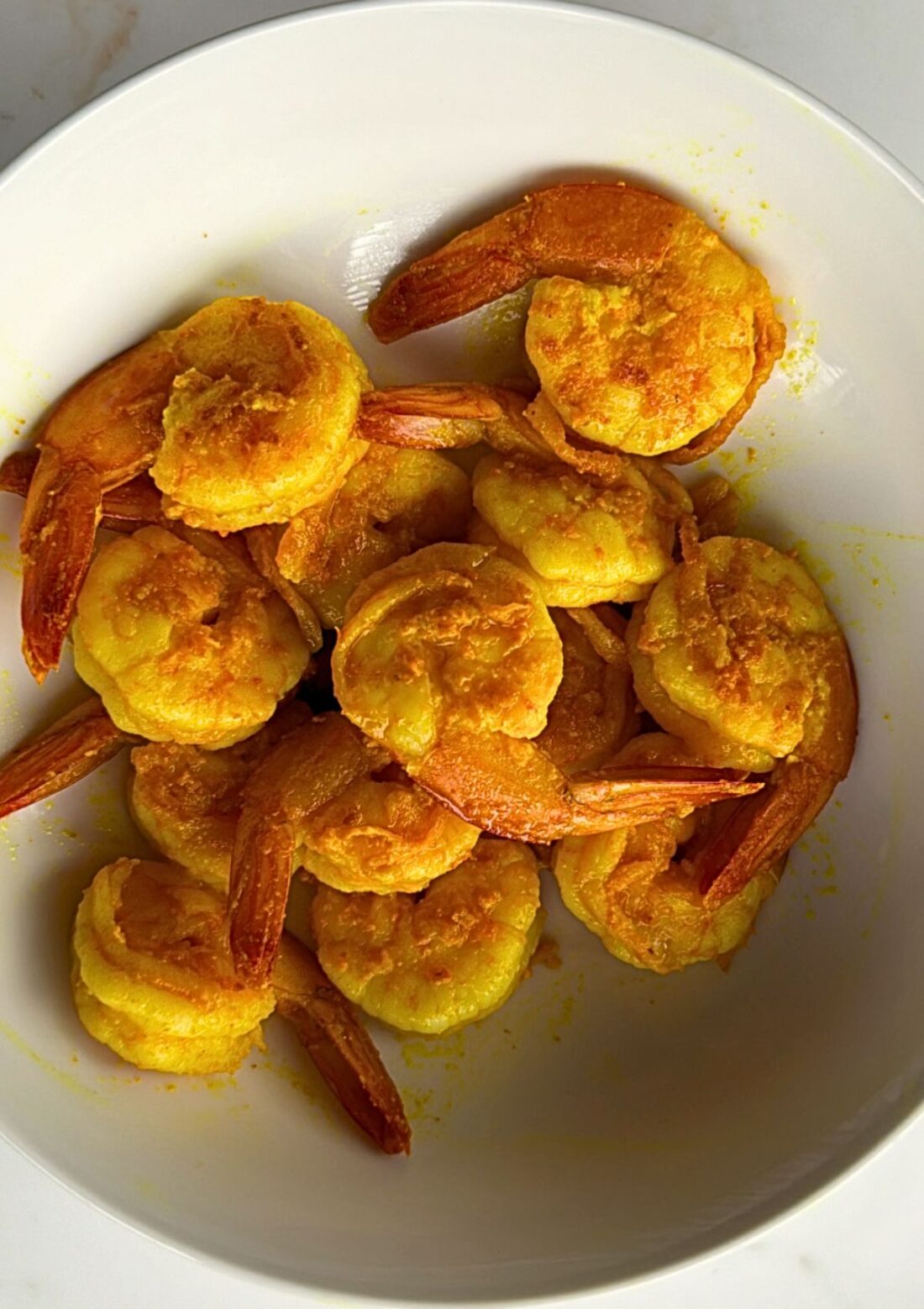
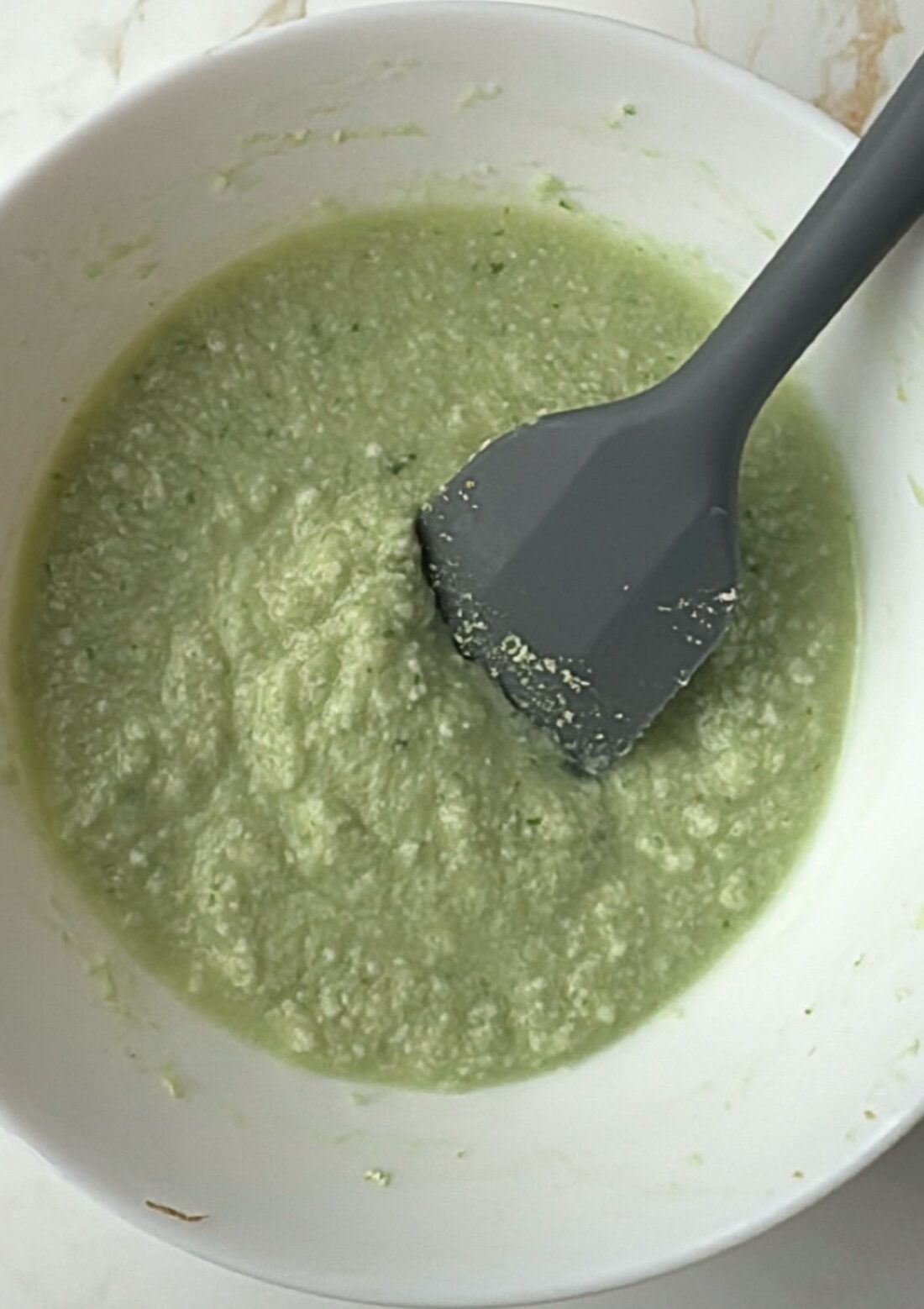
Variations and Substitutions
- Chingri macher matha recipe: Using the entirety of the prawn, including the matha (head) is a common variation of this dish.
- Prawn malai curry without coconut milk: You can also use this recipe without coconut milk and instead substitute the coconut milk for either yoghurt or cream. Once you have fried your aromatics, onion paste, spices and tomatoes you can add the yoghurt or cream. If you are opting for yoghurt, ensure that you stir vigorously when you add the yoghurt as you don’t want the yoghurt to split when combined with the oil and the rest of the ingredients.
How to store?
You can store this in the fridge and it will last up to three days.
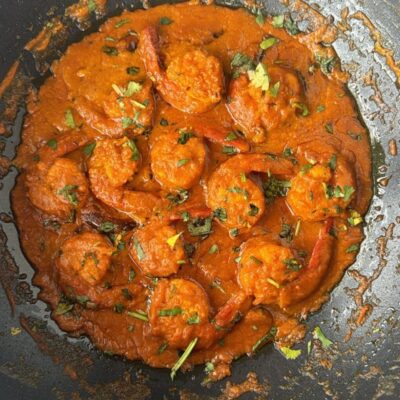
Chingri Macher Malai (Bengali Prawn Curry)
Equipment
- medium sized fry pan or wok
Ingredients
- 13 king prawns
Onion paste ingredients
- 1 whole red onion
- 2 whole green chilli
- 1 tsp ginger paste
- 1 tsp garlic paste
- 2 tbsp dessicated coconut
Cooking prawn curry ingredients
Aromatics
- 2 pods cardamom
- 1 bark cinnamon
- 2 whole dried chillies
- 3 whole cloves
Rest of curry ingredients
- 1 tsp sugar
- 1 tsp salt
- 1 tsp turmeric powder
- 1 tsp chilli powder
- 1 tsp cumin powder
- 1 tsp garam masala
- ½ cup coconut milk
- 1 and ½ tsp tomato paste diluted with a splash of water
Instructions
Preparation
- Wash, devein and deshell your prawns, leaving the ends of the prawns on.
- Chop up your onions and slice your green chillies. In a blender add your chopped onions, green chillies, garlic paste, ginger paste (you can use fresh garlic and ginger if preferred) and dessicated coconut. Blend until you have a smooth texture. Add a splash of water to the blender to loosen the paste up. Put your diluted tomato paste together by combining your tomato paste and a splash of water. Place this to the side.
Cooking your curry
- In a wok or karahi add some oil and add in all of your aromatics and allow that to toast until fragrant. Once fragrant, add in three tablespoons of your onion paste and allow that to cook for two or so minutes.
- Add in your diluted tomato paste and mix well together. Add in all of your masala and cover, allow this to cook for around 5 minutes.
- Add in your coconut milk and let it come to a simmer. Once it has reached a simmer, add in all of your prawns and let that cook for a further 10 minutes or so. It should reduce to a nice thick gravy


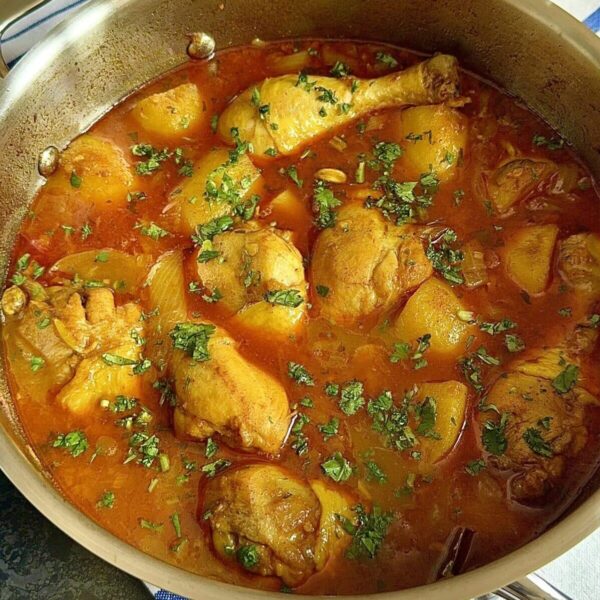


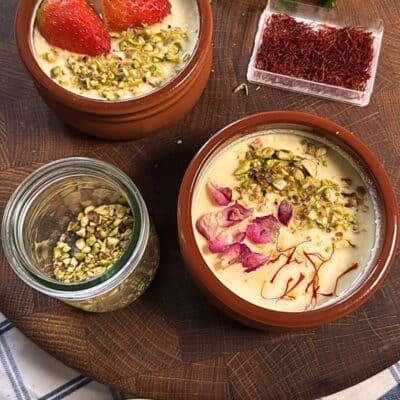
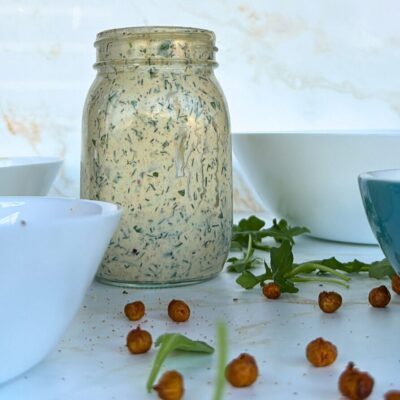


Comments
Your e-mail will not be published and required fields are marked *